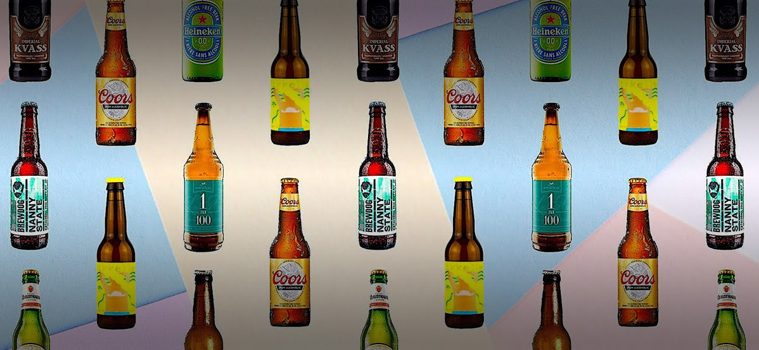NON-ALCOHOLIC BEER IS FOR NON-ALCOHOLICS –
Sept. 20, 2021 – It felt good to be conducting an interview in a bar again. As a reporter, I had relied on interviews over drinks as a way of loosening a subject’s tongue. But alcohol only works as a disinhibitory lubricant if all parties are drinking. Abstinence turns out to mean a lot more than giving up alcohol. It means forgoing a whole range of social and professional activities that you associate with drinking, because the place, or the people, or the occasion—after-work drinks at six, say—can trigger a craving for alcohol, according to the same process that caused Pavlov’s dog to salivate in anticipation of food when it heard a buzzer associated with chow time. Although the “Big Book” of Alcoholics Anonymous never mentions Ivan Pavlov, B. F. Skinner, or the science of behavioral conditioning, its anecdotal accounts of triggering events and relapses, collected by Bill Wilson and his circle of a hundred former drinkers, are remarkably consistent with conditioning experiments performed on rats in cages. How long do cravings last? The answers are as variable as the drinkers. An abstaining young person might master the urge to drink within a matter of months, but if you drank for forty years, as I did, the Pavlovian groove is deeper. After I’d gone three years without alcohol, my cravings seemed to have been extinguished, but I waited five years—the length of time that some cancer doctors use to declare a patient cured—before I tried to return to the rituals of social drinking, without the alcohol.



